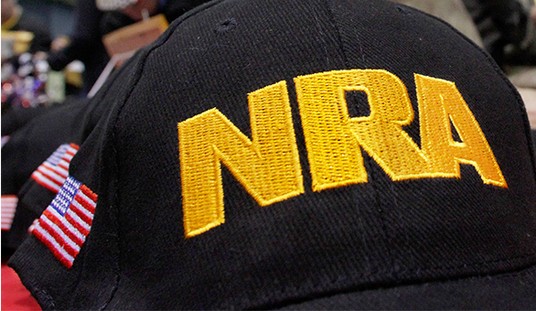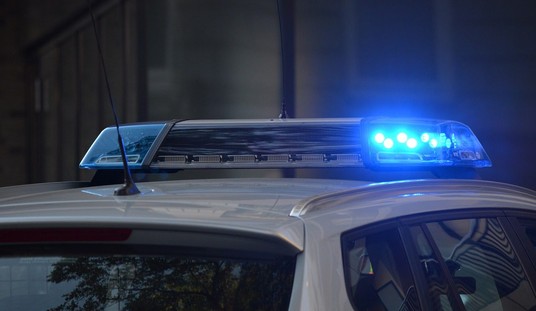CHARLESTON, S.C. (AP) — A fired police officer’s defense team couldn’t keep jurors from seeing a cellphone video Friday that shows him killing an unarmed man who was running away, so they spent much of the day trying to discredit the man who recorded it.
Jurors at Michael Slager’s murder trial wore headphones as prosecutors played the video, which has been seen millions of times on the internet, shocking the conscience of a nation already sickened by violent encounters between police and the public.
Recorded at the scene in April 2015 by a bystander, it shows black motorist Walter Scott wrestling with the white officer over a stun gun, and then breaking away. Slager then shoots him in the back from a distance and he crumples to the ground.
“For some reason I decided to use my phone to record and prevent something that might happen,” testified Feidin Santana, a 25-year-old barber. “It was something I will never forget.”
Slager had pulled Scott over for a broken taillight on the used Mercedes he just picked up.
Slager’s defense had sought to keep the video out of the trial but didn’t object after Santana took the stand. The defense did ask that jurors be instructed that the proper perspective to consider the action would be from the perspective of the officer. They also wanted the judge to prevent the video from being shown in slow-motion.
Judge Clifton Newman denied both requests, saying “I don’t seek to control the manner in which the state presents its evidence.”
Slager, who was swiftly fired from the force and charged with murder after the video surfaced, faces 30 years to life if convicted.
The defense says the two men fought over the Taser, but Santana said he never saw it in Scott’s hands, and never saw Scott on top of the officer. He said Scott got away and began running before he was shot down.
Santana also explained why he did not immediately give the video to the North Charleston police.
As a legal permanent resident of the U.S., he said he didn’t want to be caught up in legal proceedings before returning home to the Dominican Republic. Also, he said he initially thought Scott was still alive, so perhaps the video wouldn’t really matter.
He said he told another North Charleston police officer at the scene that he had video of the slaying, and the officer told him he should stay around, but Santana thought better of that. As a biracial man, he said he worried for his own safety in North Charleston after witnessing the shooting.
“There were only three people there — Walter Scott, the officer and me,” he said.
One of the first officers to arrive at the scene testified late Friday.
Clarence Habersham, who is no longer with the force, testified that he raced to the scene in his cruiser with siren wailing and light flashing when Slager radioed that he was pursuing a suspect.
Habersham said he found Scott handcuffed on the ground on his stomach, showing no signs of life. He says he saw four or five gunshot wounds, all on the right side of Scott’s back. He testified that he and another officer turned Scott over and that the other officer attempted CPR until emergency medical personnel arrived.
On cross-examination, Habersham said Slager appeared professional, and he agreed that Slager seemed to be a peacemaker in the community.
Asked if Slager was a hothead, Habersham said: “I didn’t get that impression.”
Santana said he later reached out to representatives of the Scott family, and it was their attorneys who released the video to the media. Later, he turned over his phone to agents from the State Law Enforcement Division.
Tawayne Weems, an assistant high school principal and friend of Santana’s, said he helped the young man contact the Scotts and their attorneys. He testified that Scott’s family watched the video for the first time in the back of his car.
Defense attorney Andy Savage asked Weems why Santana didn’t immediately hand it over to police.
“The concern is whether it would be released or whether it would be altered,” Weems said. “There was concern about what the police would do with it. He was not trusting. He had just seen an officer shoot a man eight times in the back.”
Earlier, Savage questioned Santana about some song lyrics he wrote months before the shooting, which include the phrase: “Those who must defend us are the worst criminals. Who can I trust?”
Savage asked if that was how he saw things when he made the recording.
“I’m not against any law enforcement, any officer,” Santana replied. “I am against police brutality.”








Join the conversation as a VIP Member